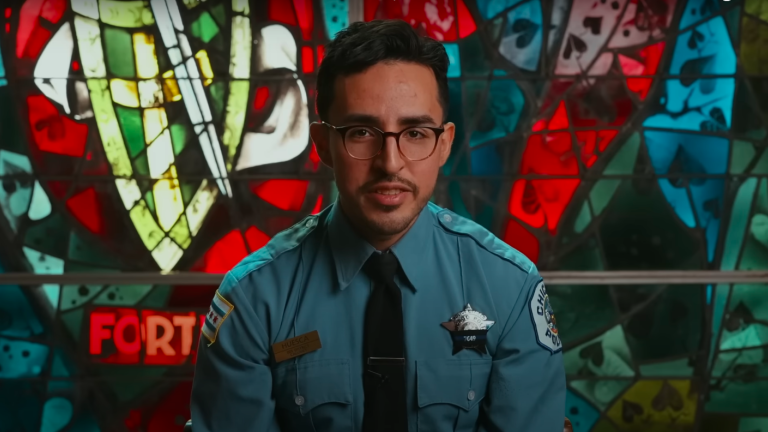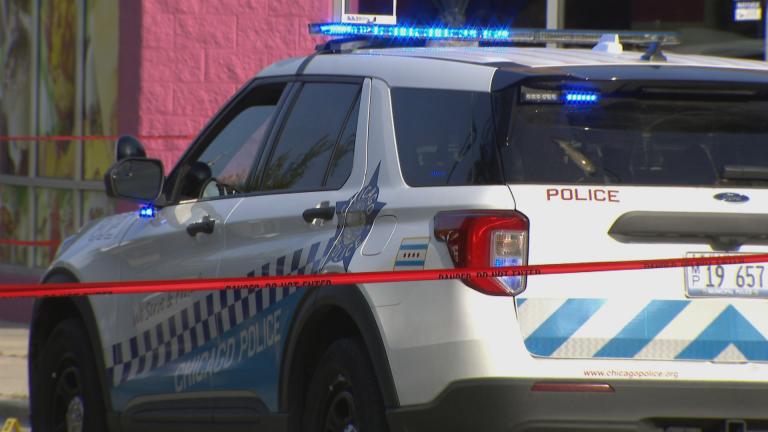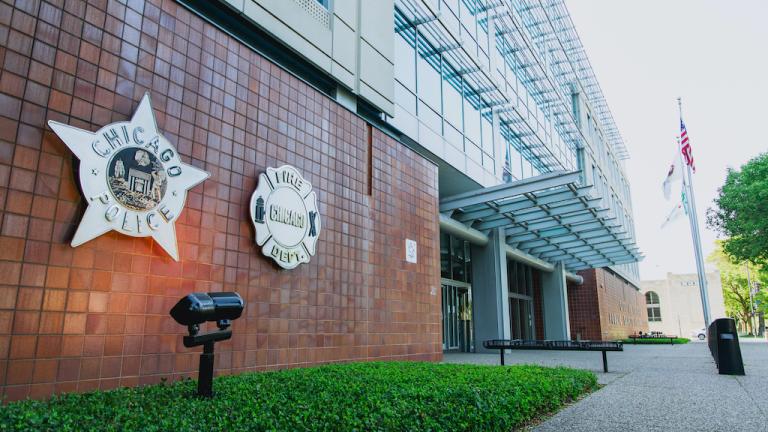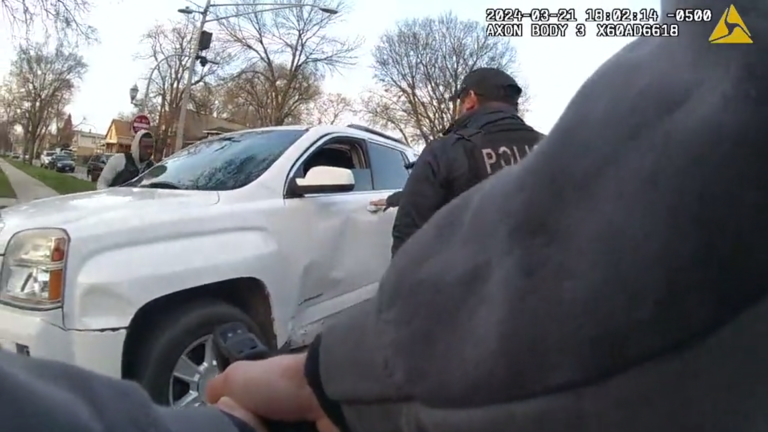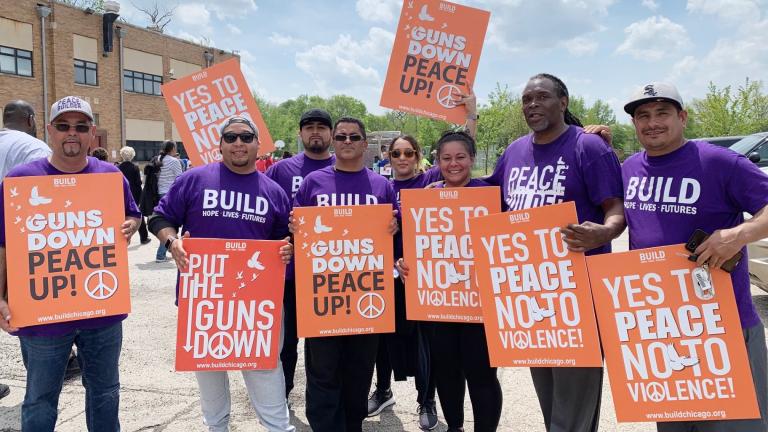The relationship between social media and violence might not be as cut-and-dry as some make it to be.
There’s sometimes a perception that social media apps fuel violence, but researchers say that correlation can be overblown.
And instead, some communities are using social media as an anti-violence tool.
Forrest Stuart, professor of sociology and director of the ethnography lab at Stanford University, spent about three years shadowing a gang on the South Side of Chicago. He came in expecting to find what he had heard from news media and police officers: that social media was fueling violence. But what he saw was far more complicated.
“I think that our alarmist claims that social media is driving violence are way overblown and in some cases, incredibly inaccurate and in other cases really quite racist at their core,” Stuart said.
What he sees play out on social media oftentimes is young people bluffing. Especially if a young person is living around violence, they’ll try to make themselves appear tough — but the vast majority is exaggeration, he said.
But law enforcement or judges might take the posts at face value.
“They imagine that young people in these neighborhoods are somehow telling the truth about their lives, as though they’re the only people on social media who are actually speaking truthfully, about their accolades,” Stuart said.
Part of Lance Williams’ job is to dispel misconceived posts. He’s a professor of urban community studies at Northeastern Illinois University and serves as an expert witness on criminal defense cases.
Many of those cases involve young men of color who are facing possible enhanced sentencing due their social media posts that a judge may believe are gang related. But what Williams finds in his work is that much of the social media activity isn’t gang related, it’s more pop culture.
For example, in a photo someone may have their finger pointed or have their hand posed in a certain way and a judge could think it’s a gang sign when it might not be. It could also be someone reciting the words to rap music, but if a judge doesn’t know they’re part of a song, those posts could be used in a way to incriminate them.
If the there’s not an understanding from the judge on what social media posts mean, the defendant might take a plea deal for a lesser charge.
Williams said this is a common issue because there’s few people who take on similar jobs as himself.
Stuart said social media is being used as a “boogeyman” and is taking the conversation away from addressing the root causes of violence.
“It’s the latest shiny object distraction that stops us from actually talking about the real reasons why people commit crime,” Stuart said. “Violence is the result of trauma and desperate acts of survival.”
What Stuart is starting to see is new pathways of violence reduction and prevention with social media.
Family members, friends and violence interrupters have a window into the emotional states and whereabouts of the young men in their lives, he said.
“There’s a way in which social media is actually unlocking the full potential of communities to tamp down violence where they couldn’t previously,” Stuart said.

